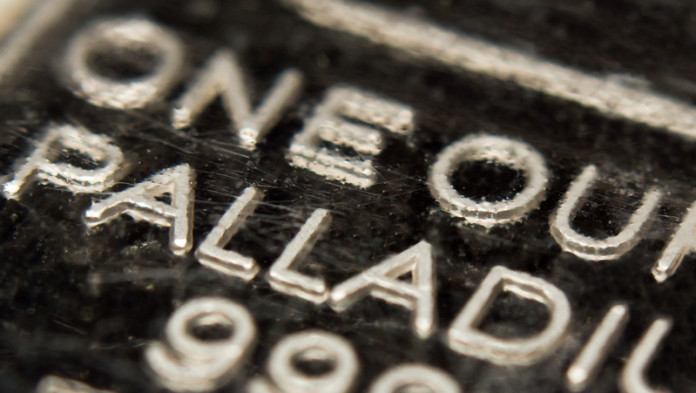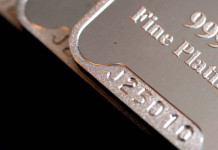
THE lease rate for palladium — the cost of lending the metal for futures trading — has risen recently. RMB Morgan Stanley analysts caution against imputing too much value to a single data point, but they say it’s future evidence that the metal’s price is now supported at about $975/oz-$1,000/oz, assisted by the emergence of net short positions (at record levels earlier this year) on the Nymex futures exchange for commodities.
Yet market signals for this critical metal in the platinum group metal family are conflicting.
One major unknown in the palladium market is the extent of its supply from Russia, the metal’s largest producer.
Since the invasion of Ukraine, metal flows in palladium have realigned. The US embargoed Russian imports in April 2023, redirecting metal to China, some of it at a discount, resulting in a decrease in Chinese imports of the metal. Interestingly, the US still allows for imports of palladium sponge, a granular or powdered form supplied to the industrial sector.
Sibanye-Stillwater has been lobbying against US imports of palladium sponge. Most of its Stillwater mine production in Montana is in the metal, and it therefore has the most to lose from its free trade. Were the company to mothball the Stillwater mine, however, a bull case for palladium could be made at $1,200/oz, Morgan Stanley says.
The proposed launch of a platinum and palladium futures market by the Guangzhou Futures Exchange (GFEX) could also provide an outlet for Russian material. While a similar market created on GFEX for lithium futures was welcomed by the World Economic Forum as a positive, there were problems with the launch that could be repeated in palladium, says Canadian bank BMO Capital Markets, contributing to further market confusion.
A version of this article first appeared in the Financial Mail.










